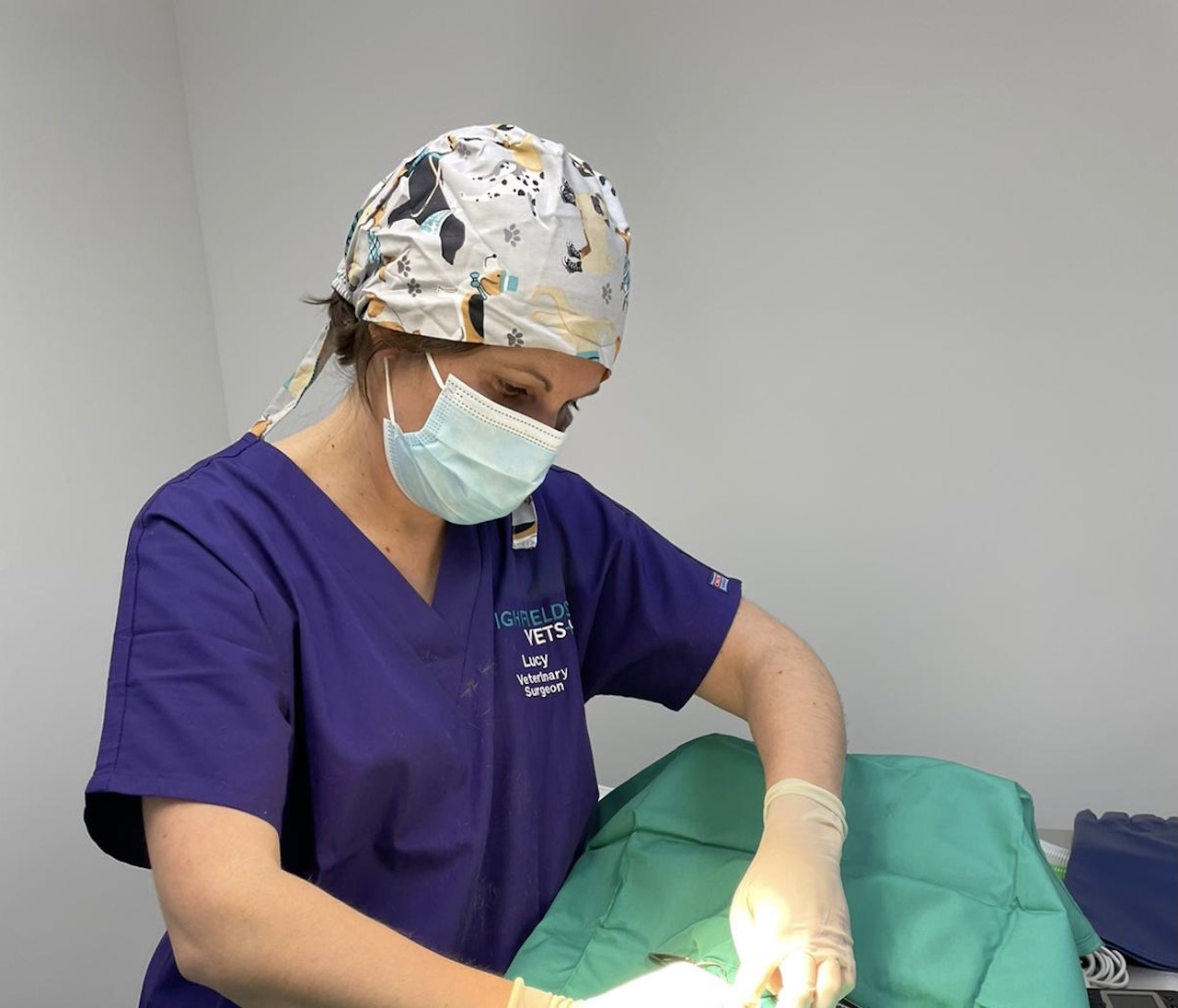At admission, you will be greeted by the veterinary surgeon (VS) or one of the registered veterinary nurses (RVN). They will discuss the procedure with you and explain what it entails, as well as any risks involved. Our veterinary professionals can answer any questions you might have about the surgery, and/or and about the recovery process.
Once your animal has been admitted, they are given a full examination. Pre-operative checks are also performed to assess their baseline parameters before going under general anaesthesia. If you have opted to have the pre anaesthetic blood panel, or the Veterinary Surgeon thinks it is necessary prior to going ahead, this is usually when the blood sample is taken. These blood tests check certain enzymes that correlate to different internal organs, which gives us an indication of whether the patient may become compromised under anaesthesia. If any of the tested parameters exceed or are below normal limits, you will be contacted to discuss what we do, collectively, moving forwards. If your animals’ results come back as normal, we continue with the procedure as planned.
Your animal is kept warm prior to their procedure as inducing general anaesthesia interrupts the bodies normal heat regulation mechanisms. We also place an intravenous catheter, usually in one of the front legs. This provides us with immediate access to the circulatory system should your animal need intravenous fluid therapy or additional medications. We use this access to induce anaesthesia.
Once your pet is asleep and their airway is secured, we attach them to our multi-parameter monitoring device, this monitors the heart (via ECG) and blood gasses of the animal. They are then prepared for whichever surgical procedure they are having. This may include the removal of some of the animals’ coat, to allow us to prepare them in a sterile manner. Once again, the patient is warmed throughout, and their temperature is monitored. All our patients are monitored by registered veterinary nurses whilst under anaesthesia, who liase with the veterinary surgeon to ensure everything runs smoothly. After the procedure is finished, your animal is woken up, they are still monitored closely by all involved. They are transferred back to their beds where they are made comfortable, and they gradually return to full consciousness. They are offered appropriate food and water, and all are given the opportunity to toilet as normal.
You are contacted once we are happy the patient is stable and conscious. During this conversation we arrange a time for you to come and collect them and discuss all the relevant post-operative advice. We also arrange appropriate post-operative checks with the veterinary surgeon or nurse to keep an eye on how they are healing after surgery.
Lucy Travers BVSc CertAVP MRCVS Highfields Vets

